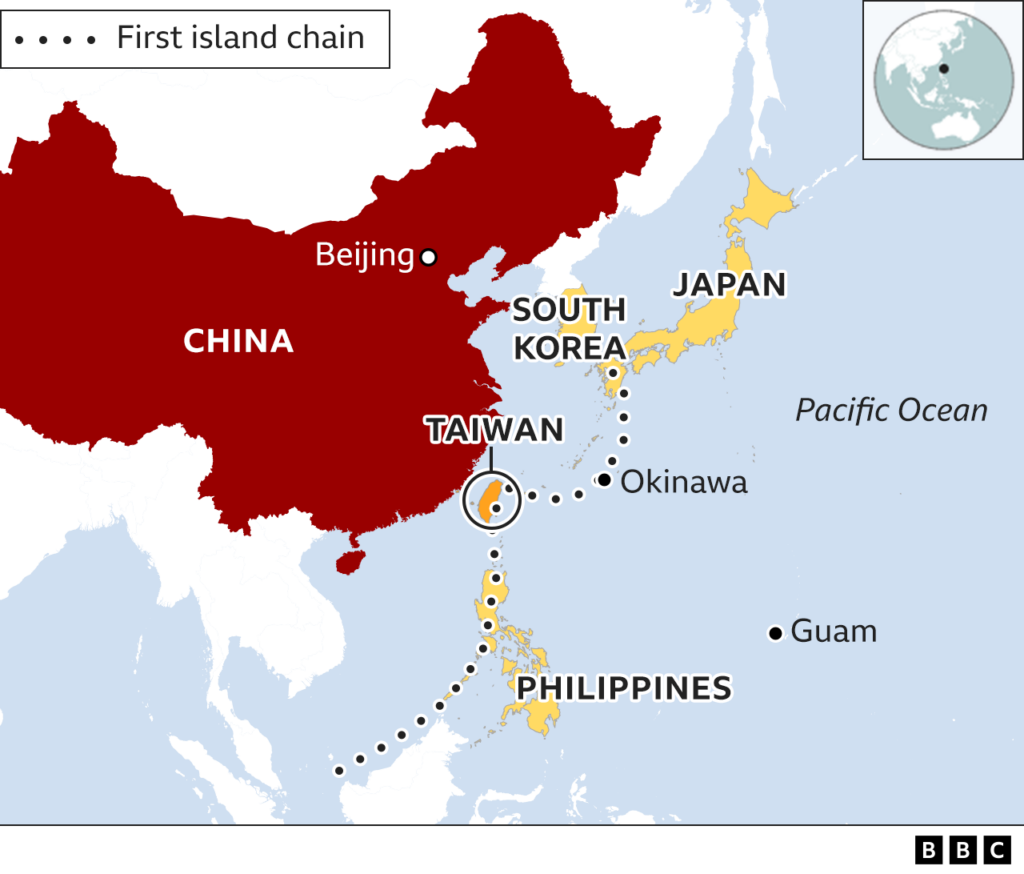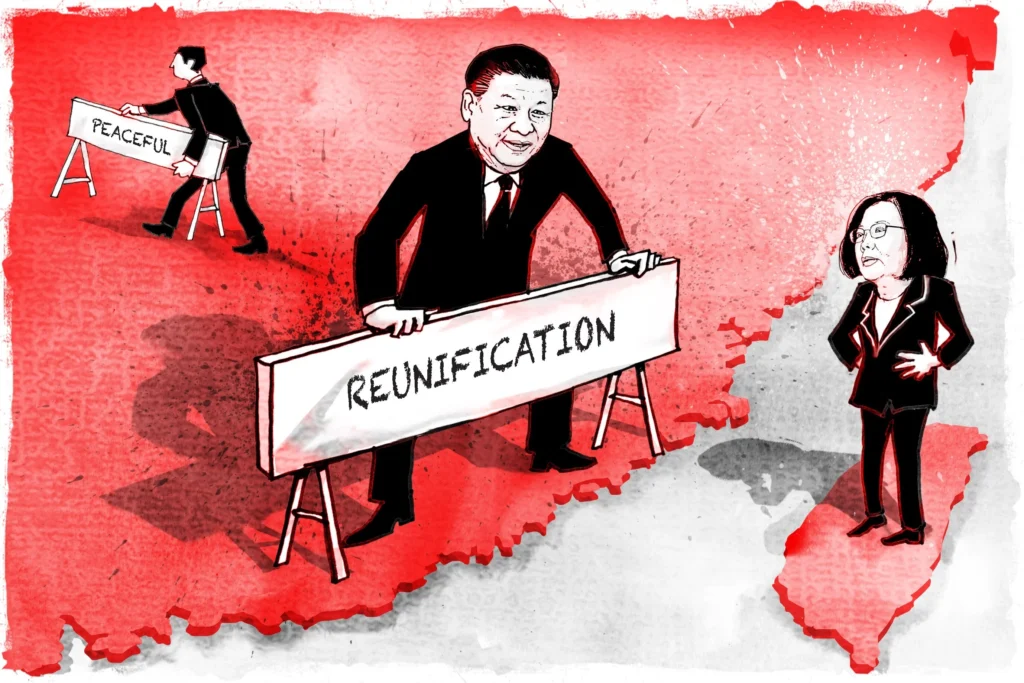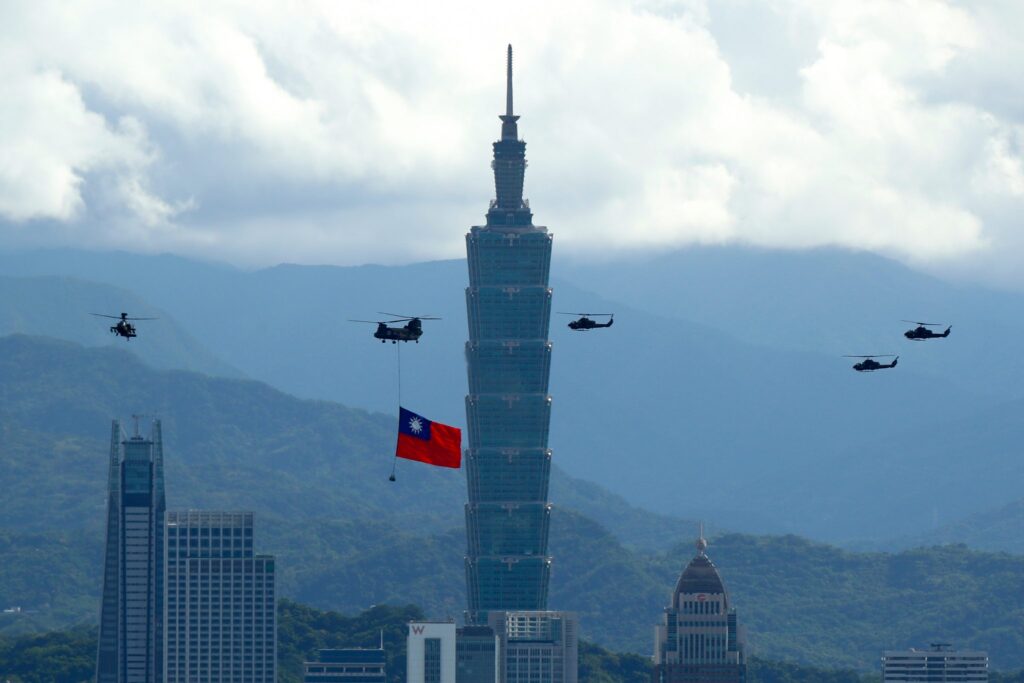The China-Taiwan issue is a complex and multifaceted conflict that has persisted for over seven decades. It centers around the question of Taiwan’s sovereignty and whether it should be considered a part of China or an independent nation. This conflict has political, historical, economic, and social dimensions, and it has far-reaching implications for both countries and the international community.

Historical background The roots of the conflict can be traced back to the Chinese Civil War of the 1940s, in which the Communist Party of China (CPC) under Mao Zedong defeated the nationalist Kuomintang (KMT) under Chiang Kai-shek. The KMT retreated to Taiwan and declared it the seat of the Republic of China (ROC) government, which had ruled mainland China before the civil war. Meanwhile, the CPC established the People’s Republic of China (PRC) on the mainland.
Since then, the two sides have maintained separate governments and have developed their own political systems, economies, and cultures. However, both the PRC and the ROC have claimed to be the legitimate government of all of China, including Taiwan. The PRC considers Taiwan a renegade province that must eventually be reunited with the mainland, while the ROC considers itself a sovereign state that is not part of the PRC.
Political dimensions The political dimension of the conflict is centered around the question of Taiwan’s international recognition. The PRC has been working to isolate Taiwan diplomatically, pressuring countries not to recognize it as a sovereign state and to cut off official ties with it. Taiwan, on the other hand, has been seeking to maintain its status as a separate political entity, seeking recognition from other countries and joining international organizations under the name “Chinese Taipei.”
The United States has been a key player in the political dimension of the conflict, as it has supported Taiwan with military and economic aid since the 1950s. In recent years, the US has increased its military presence in the region and has strengthened ties with Taiwan, angering the PRC, which sees this as interference in its internal affairs.

Economic dimensions The economic dimension of the conflict is closely linked to the political one. The PRC has been using its economic power to pressure countries to cut off official ties with Taiwan, as well as to lure Taiwan’s businesses and investors to the mainland. The PRC has also been using its economic leverage to punish Taiwan for perceived acts of independence, such as when it suspended tourism to Taiwan in 2016 after Taiwan’s president refused to endorse the “One China” principle.
Taiwan, on the other hand, has been seeking to diversify its economic ties and reduce its dependence on the PRC. It has been strengthening its trade ties with other countries in the region, as well as with the US and Europe. Taiwan has also been promoting its own version of the “One China” principle, which recognizes that there is only one China, but that the two sides have different interpretations of what that means.

Social dimensions The social dimension of the conflict is centered around the question of national identity. The PRC has been promoting the idea of a unified Chinese identity, in which Taiwan is seen as an inseparable part of China. It has been using propaganda, education, and media to promote this idea, as well as to stifle dissent and opposition to the government’s policies.
Taiwan, on the other hand, has been promoting its own distinct identity, which is based on its democratic values, cultural heritage, and economic success. Taiwan has been working to build a sense of national identity that is separate from the mainland, emphasizing its unique language, food, and customs.


I like what you guys are up too. Such clever work and reporting! Carry on the excellent works guys I have incorporated you guys to my blogroll. I think it’ll improve the value of my website 🙂